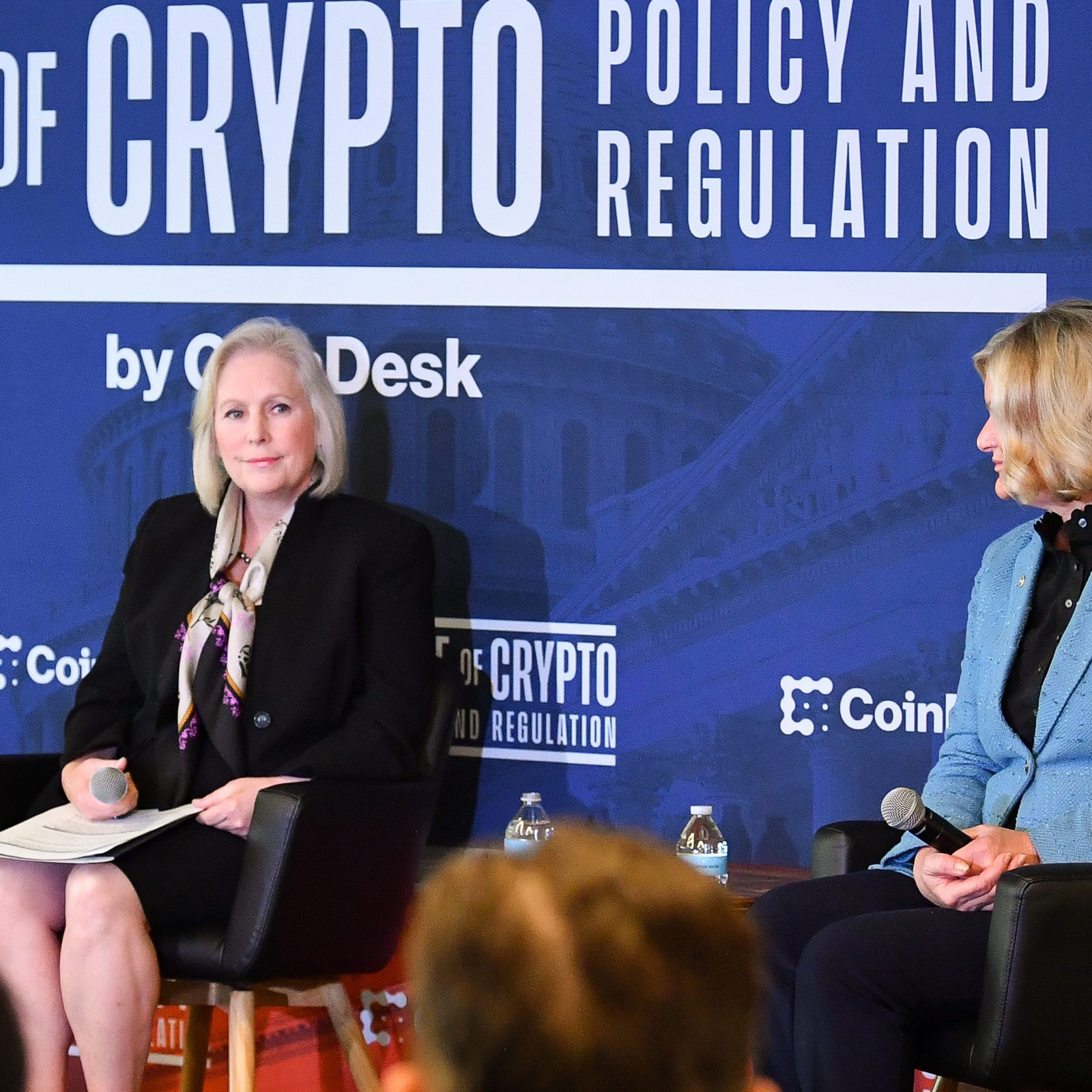Legislators Cynthia Lummis and Kirsten Gillibrand have presented a law on issuing stablecoins. The goal of this draft law is to ensure that clear working conditions exist in the country. This project is focused on paying stablecoins, which are digital assets pegged to the value of the dollar and are in demand mainly for transfers and settlements. Under the new bill, stablecoin issuers will face rigorous requirements, such as having a special subsidiary created only for the producing.
The law requires that all stablecoins, not a separate reserve, be backed by dollar reserves. Issuers must guarantee that the reserve fully covers each token issued. In addition, they must publicly announce the names of the assets they hold as reserve assets. This is meant to guarantee trust among users while keeping the digital currency market stable and thriving.
New rules set for stablecoin issuance
Per the new rules, only non-depository institutions like the Federal Reserve or authorized deposit banks will be able to produce payment stablecoins. Such entities must follow federal and state supervision and stay on par with the rules to continue building their operations. That aside, the bill includes a large mandatory reserve fund. Among the essentials, a stablecoin issuer should just swap their digital assets into USD on demand to ensure liquidity and stability.
One of the features of the bill is the exclusion of algorithmic stablecoins that do not have collateralization at all times. These kinds of cryptocurrencies (whose value is stabilized by some algorithm) may be more risky and unstable than conventional fiat currencies. The bill defines a “$10bn limit” in the issuance of payment stablecoins by non-depository commodity trusts. To reach that threshold, overseers must be given a national authorization that could be provided only for major financial players and not small entities.
Stablecoin bill seeks formal digital asset regulation
The presentation of this bill is a piece of wider work by U.S. lawmakers to continue implementing crystallization in the digital currency market. Senator Lummis and Gillibrand have been the key members of the crypto regulatory bill that has been drafted with the aim of allowing digital assets to be formalized and regulated. Their past pursuits consist of decentralized finance legislation to define the responsibility of certain government agencies and juxtapose the jurisdiction of the responsible federal agency.
While the focus on the regulation of stablecoins by the Senate and the House Financial Services Committee is typical, both the Chambers, with Mr. Patrick McHenry and Ms. Maxine Waters at the helm, have previously attempted to enact similar bills. However, a previous bill moved through the committee but became deadlocked after there was a change of leadership. The current strategic move is to couple the stablecoin bill with popular must-pass bills, s.a., the Federal Aviation Administration Reauthorization Act, in order to guarantee its passage.
Senator Sherrod Brown, chairman of the Senate Banking Committee, tenders to stablecoin legislation containing tough consumer safeguards. Thanks to clever law motioning and active bipartisan support, the new bill introduced by Senators Lummis and Gillibrand could be a starting point for getting a stablecoin regulating law in the USA.





